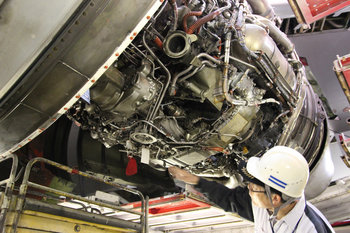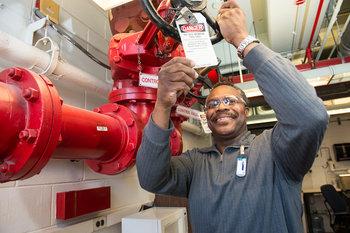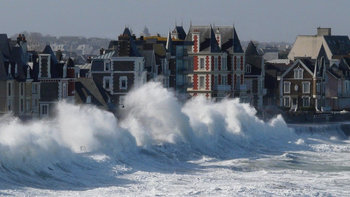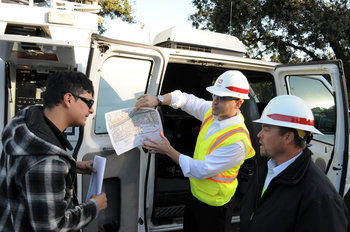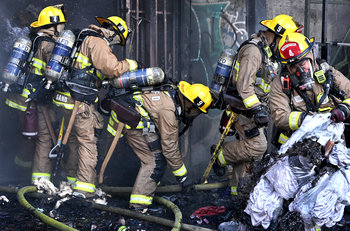
Examples
Japan and Taiwan both have nationwide systems of earthquake warnings. In Japan, earthquake warnings rely on a system of 4,235 seismometers installed strategically throughout the country. Warnings are sent to phones and displayed by television stations. There are systems in place to stop high speed trains and some buildings are equipped to stop elevators. Construction sites, airports and activities such as window washing typically have specific procedures for handling an earthquake warning.Due to the large number of earthquakes in Japan, most people are familiar with recommended procedures to prepare for an earthquake. Japan also has a separate tsunami warning system. Such systems give more warning to places that are far from the epicenter of an earthquake. Proximity to the epicenter results in instantaneous shaking that precludes a warning.| Overview: Earthquake Detection System | ||
Type | Safety Design | |
Definition | A system designed to warn people and systems of approaching seismic waves generated by an earthquake. | |
Related Concepts | Safety DesignFlight Envelope ProtectionBulkhead | |













